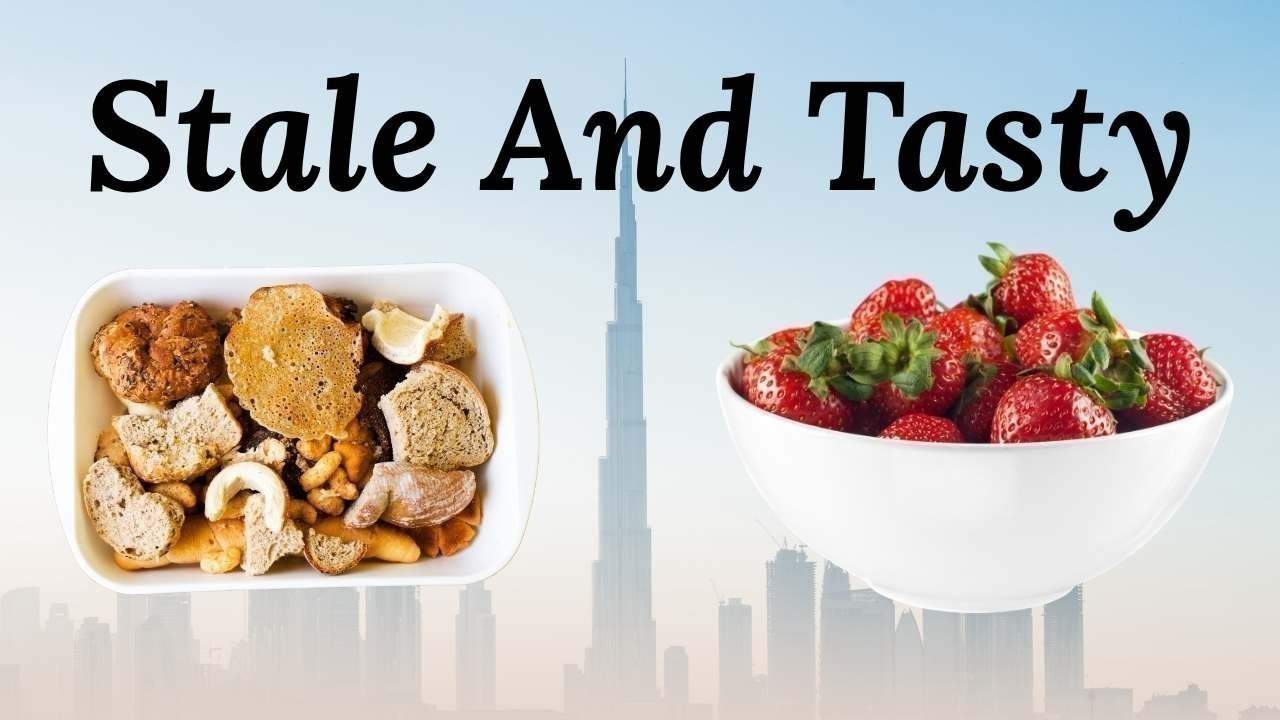
Post by : Mukesh Kumar
In today’s world, the difference between having plenty and having very little is easier to see than ever. Imagine a plate split in two — one side full of fresh, colorful fruits, vegetables, and grains, while the other side holds only dry, stale bread, barely enough to fill a stomach. This image is more than just a picture. It shows a real problem in our world: food inequality. While some people enjoy healthy, tasty meals every day, millions of others struggle to find enough food or anything nutritious to eat. The gap between “stale” and “tasty” is not just about food — it shows the unfair differences in money, resources, and opportunities that exist in our society.
One clear sign of food inequality is the difference between city life and rural life. Big cities, with tall buildings and modern technology, often represent wealth, comfort, and opportunities. People living in these areas have easy access to supermarkets filled with fresh fruits, vegetables, and other healthy foods. They also have good schools, hospitals, and well-maintained roads that make getting and storing food much easier.
On the other hand, many rural communities face a very different reality. People live in simple homes or huts, often far away from cities. They may not have enough money, schools, or health services. Fresh food can be hard to find, and families sometimes have to rely on whatever is available, even if it is stale or not very nutritious. Children in these areas may not get enough vitamins or protein, which can affect their growth and health. The contrast between urban abundance and rural scarcity shows how uneven life can be in today’s world.
Food is not just about filling your stomach — it is about staying healthy and strong. Eating fresh fruits, vegetables, grains, and protein-rich foods gives our bodies the vitamins and minerals we need. Healthy food helps kids grow, keeps adults energetic and focused, and protects everyone from sickness.
When people do not get enough good food, it can lead to serious problems. Malnutrition can make children smaller or weaker than they should be and can cause sickness in adults. Poor-quality food can also increase the risk of long-term diseases like diabetes or heart problems. The split plate — one side full of fresh food and the other side just dry bread — is a clear symbol of this unfairness. It reminds us that access to healthy food affects health and life chances.
Food inequality does not happen by accident. There are several reasons why some people have plenty while others struggle:
Economic Differences: Families with more money can buy a variety of healthy foods, while poorer families often cannot.
Education and Knowledge: Many people do not know which foods are healthy, even when food is available.
Urban Development: Cities often get more resources, roads, and stores, while rural areas are left behind.
Climate and Environment: Droughts, floods, and poor soil make it hard for farmers to grow food in some regions.
Global Trade: Sometimes international trade rules make it easier for wealthy countries to get cheap food, leaving poor regions with fewer choices.
All these factors work together to make it hard for many families to access good food.
Although the problem is big, people and organizations are trying to make a difference. Governments, charities, and local groups are working to give everyone better access to fresh and healthy food. Some of the ways they are helping include:
Urban Farming: People are growing fruits and vegetables on rooftops or in small community gardens to provide fresh food locally.
Food Banks and Distribution: Extra food from stores or farms is given to people in need, so fewer meals go to waste.
Nutrition Education: Schools and community programs teach families how to cook healthy meals and store food safely.
Sustainable Farming: Farmers are learning ways to grow more food even when weather or soil conditions are difficult.
These efforts are important, but they need continued support from everyone — governments, communities, and individuals — to make a lasting change.
Food inequality is not just a number on a chart — it is a daily reality for millions of people. Learning about it and talking about it is the first step toward change. Supporting local farmers, donating to food programs, volunteering at community kitchens, and making smarter choices about the food we buy can all help.
Everyone deserves access to fresh, nutritious, and tasty food. By understanding the gap between “stale” and “tasty,” we can work together to make a fairer world. Food inequality is a challenge, but with knowledge, compassion, and action, it is one we can solve — one meal at a time.
The information in this article is provided by DXB News Network for educational and awareness purposes only. It should not replace expert advice on nutrition, health, or policy. Readers are encouraged to seek guidance from certified nutritionists, health professionals, or official organizations for accurate and personalized information.

IndiGo Flight Faces Security Threat, Cleared After Checks
IndiGo flight from Mumbai to Delhi faced a security threat; authorities conducted checks before clea

Sharjah Rulers Offer Condolences Over Saudi Princess’ Death
Sharjah’s leaders extend heartfelt condolences to King Salman on the passing of Princess Abta, reinf
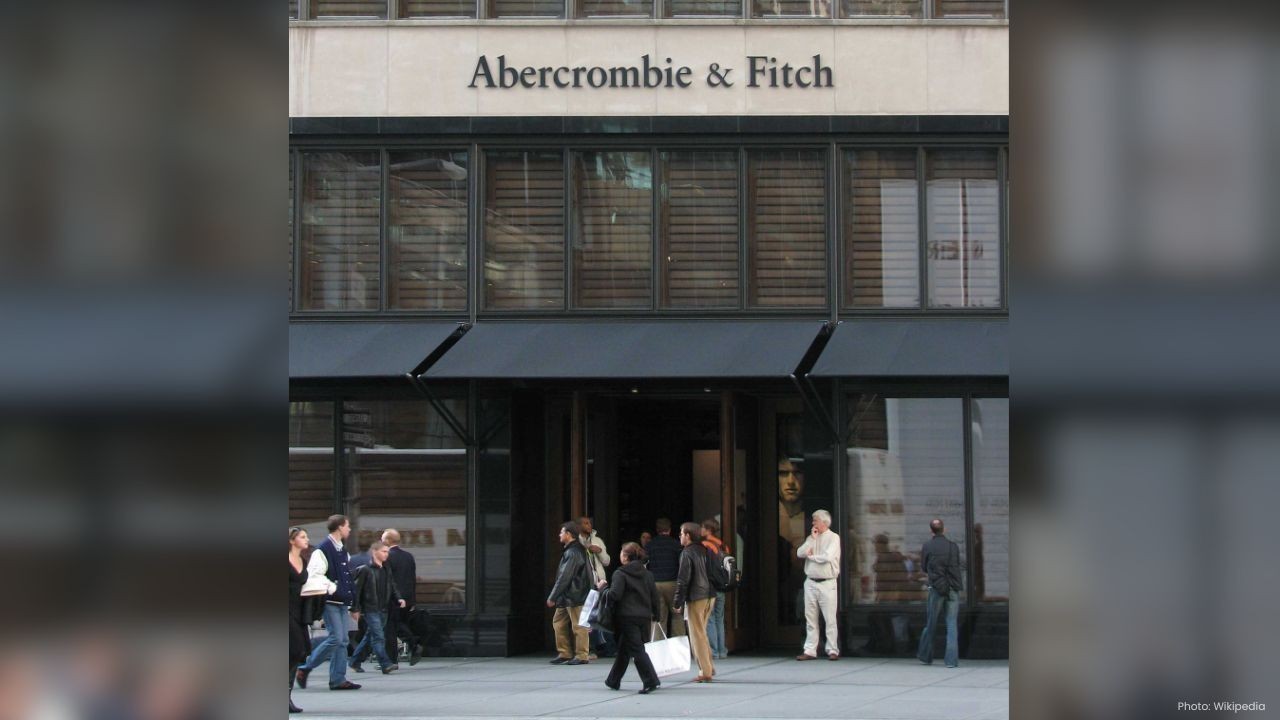
Majid Al Futtaim Launches A&F E-Commerce, Expands Middle East
Majid Al Futtaim introduces Abercrombie & Fitch e-commerce in Saudi Arabia, with expansion plans acr
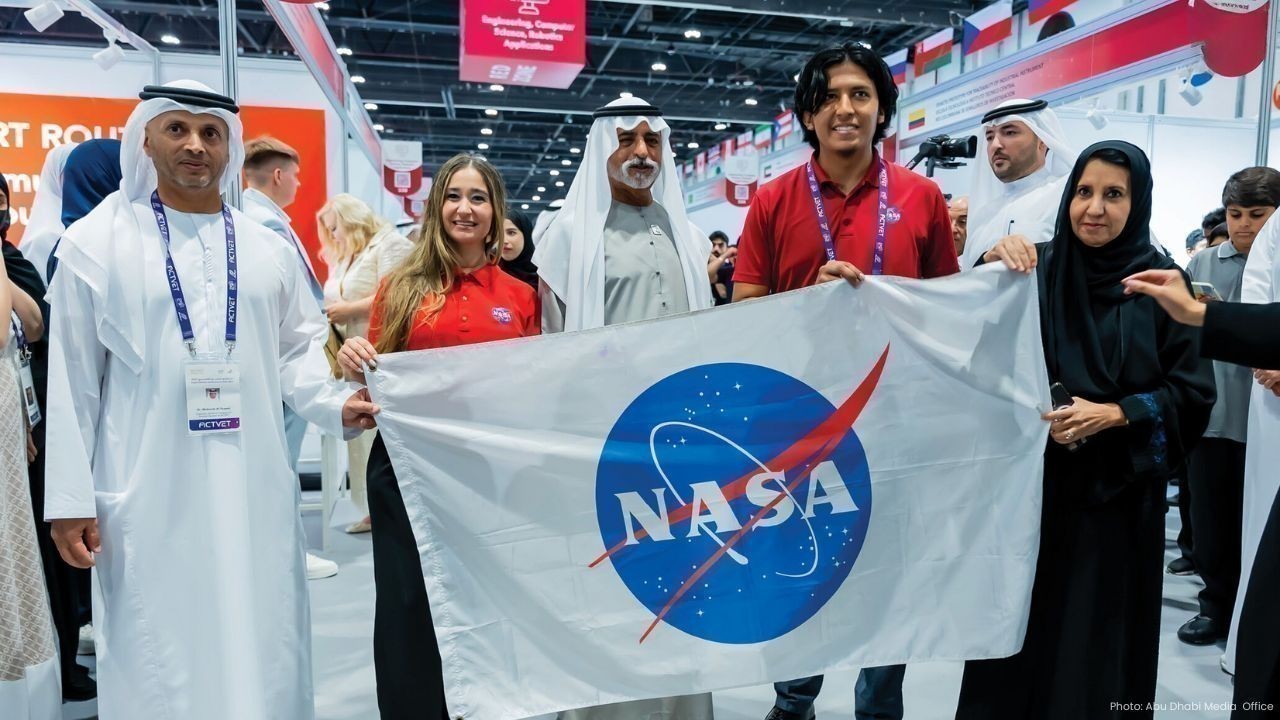
UAE Launches Expo-Sciences International 2025 in Abu Dhabi
Over 2,000 participants from 45 countries showcase STEAM innovations at Abu Dhabi’s ADNEC Centre
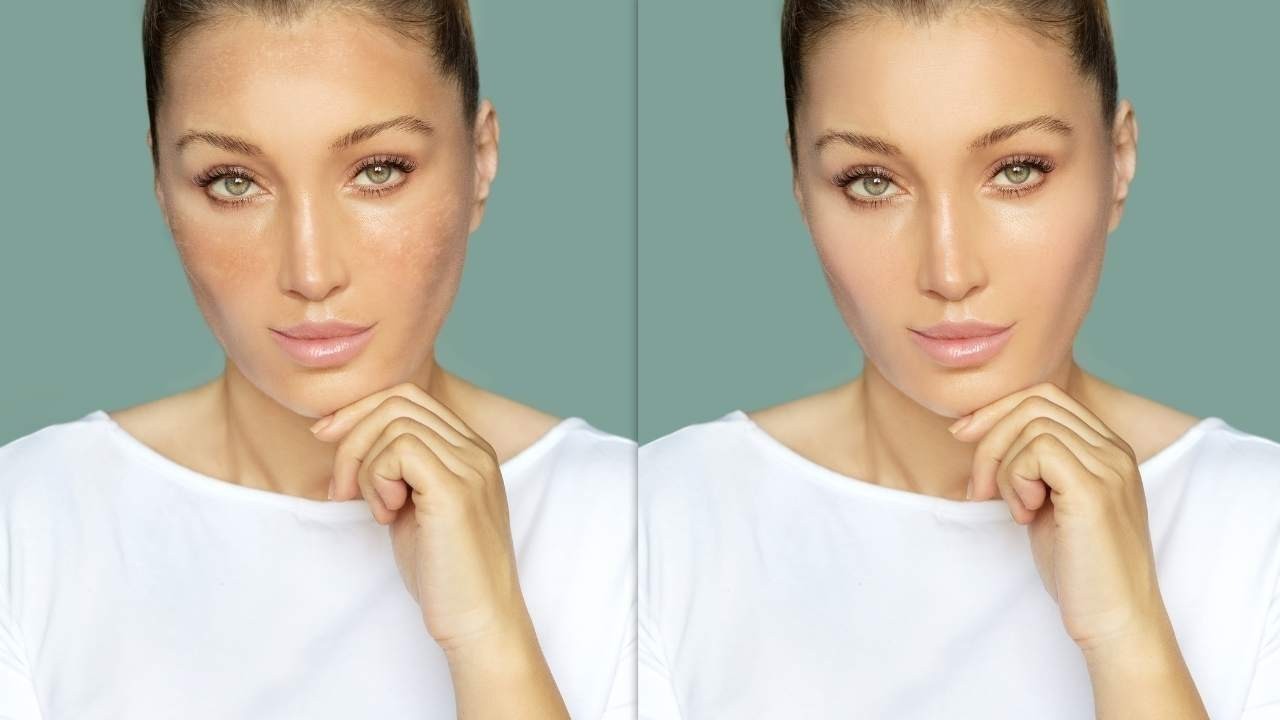
Top Skin Whitening & Brightening Treatments in Dubai for Glowing Skin
Discover Dubai s top skin whitening & brightening treatments for radiant glowing skin with safe effe
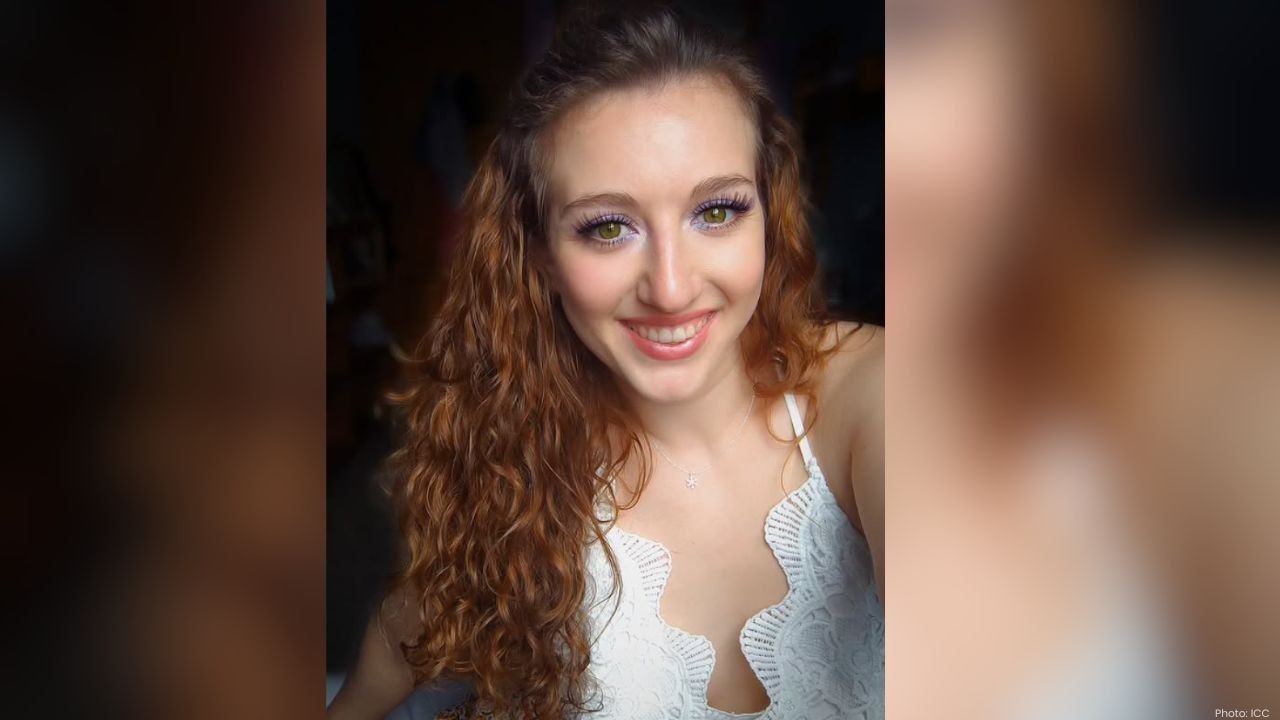
Trapeze Artist Dies After Fall During Circus Performance
A 27-year-old trapeze artist fell five meters during a performance in Bautzen, Germany, dying instan

Botox and Fillers in Dubai 2025 Complete Guide to Safe Effective and Natural Cosmetic Treatments
Discover Botox and fillers in Dubai 2025 Learn about benefits costs safety tips and top clinics for

Top Skin Whitening & Brightening Treatments in Dubai for Glowing Skin
Discover Dubai s top skin whitening & brightening treatments for radiant glowing skin with safe effe

Botox and Fillers in Dubai 2025 Complete Guide to Safe Effective and Natural Cosmetic Treatments
Discover Botox and fillers in Dubai 2025 Learn about benefits costs safety tips and top clinics for
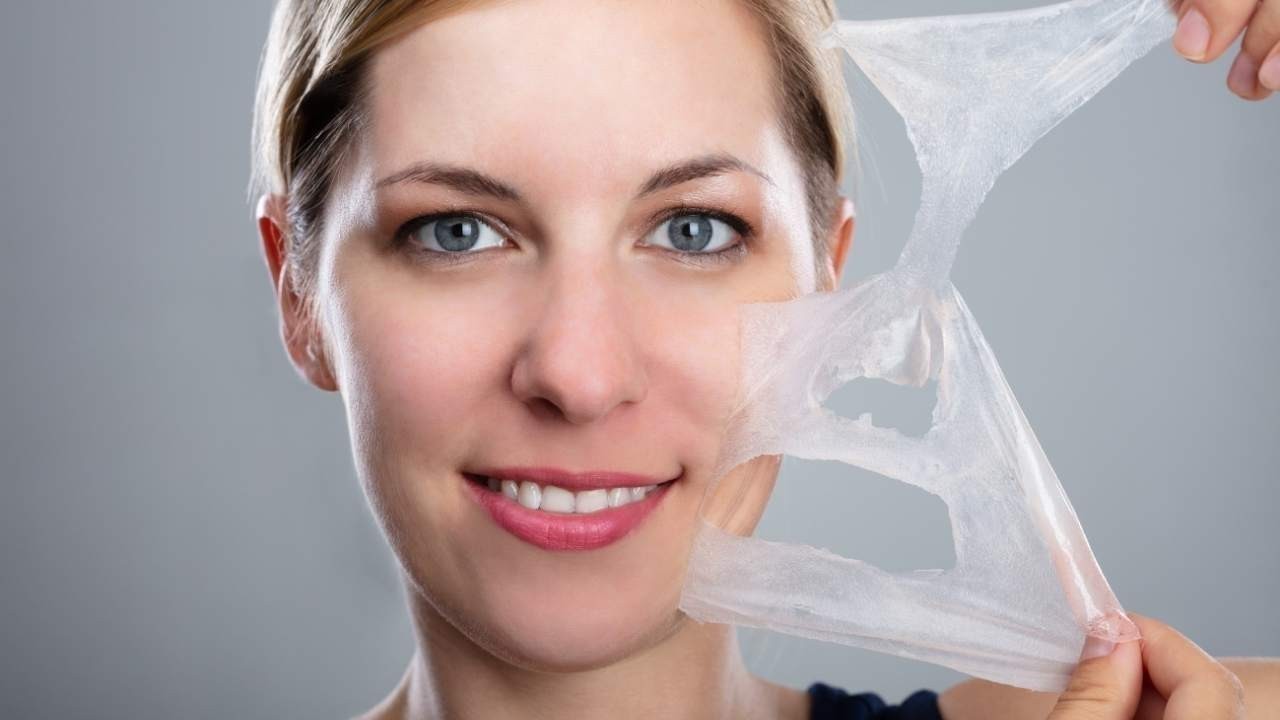
Hydrafacial vs Chemical Peel Which Skin Treatment Gives the Best Glow
Discover the key differences between Hydrafacial and Chemical Peel and find the best skin treatment

“Laser Hair Removal in Dubai: Expert Guide to Smooth, Hair-Free Skin
Discover laser hair removal in Dubai. Learn benefits, costs, and tips for smooth, long-lasting, hair

Transform Your Skin Top Face & Skin Treatments for a Radiant Glow
Discover top skin and face treatments in Dubai to boost glow reduce wrinkles and keep your skin heal
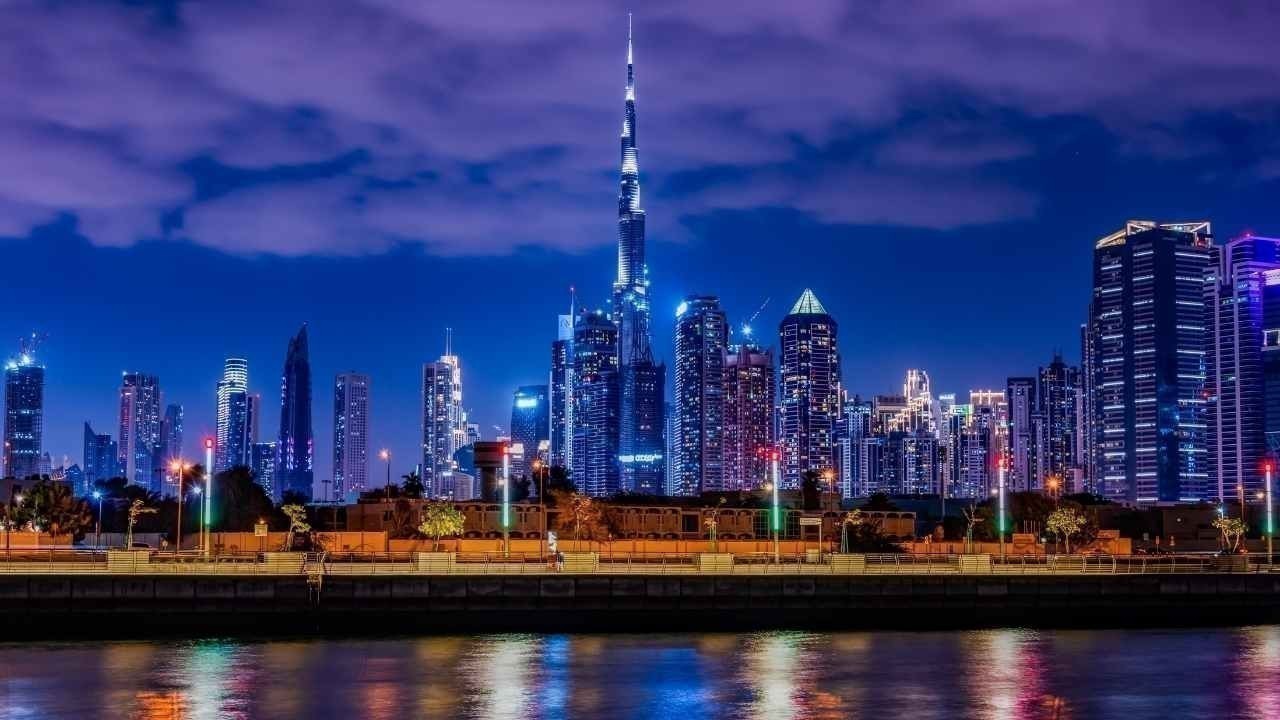
The Rise of the Future Explore the Most Luxurious Futuristic City of Tomorrow
Discover a futuristic city where luxury technology and nature blend to create the ultimate modern ur

Stale and Tasty Food Inequality and the Divide Between Hunger and Health
Stale and Tasty highlights food inequality showing the gap between hunger and health and why equal

The Mandalorian and Grogu 2026 How They Will Shape the Future of Star Wars
The Mandalorian and Grogu return in 2026 with new adventures allies and epic action shaping the futu